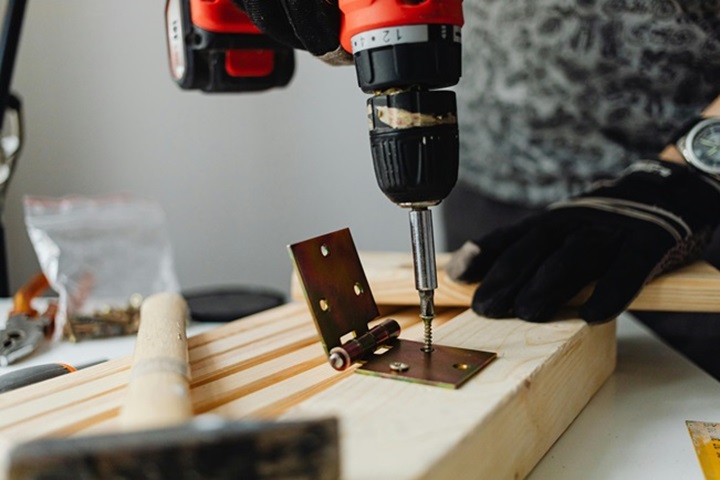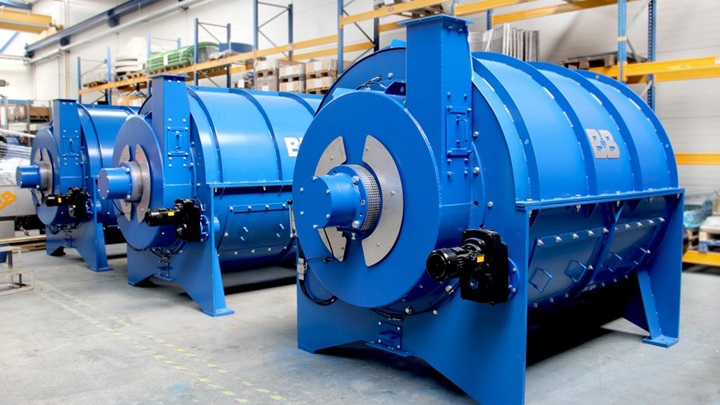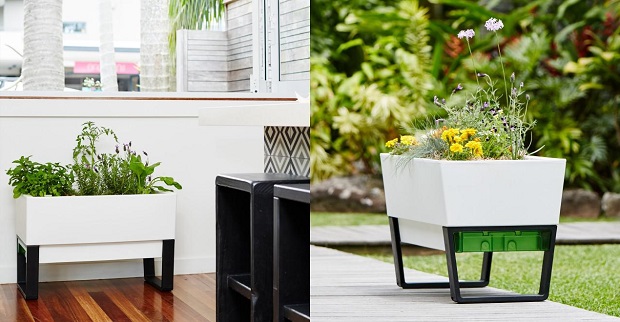Industrial Hinges: The Backbone of Heavy-Duty Applications
Industrial hinges, though often overlooked, are integral components in a multitude of heavy-duty applications. These robust devices are designed to provide the necessary support, movement, and alignment for large doors, gates, machinery, and other industrial equipment. Their durability, strength, and versatility make them indispensable in sectors such as manufacturing, construction, transportation, and logistics.
Let’s talk about into the various types of industrial hinges, their applications, materials, and the advancements in hinge technology that continue to drive innovation in the industrial sector.
Types of Industrial Hinges

Industrial hinges come in various designs, each tailored to specific needs and applications. Some of the most common types include:
- Butt Hinges: These are among the most traditional hinge Australia designs, typically used for doors and gates. They consist of two rectangular leaves joined by a pin, allowing for a 180-degree swing. Heavy-duty butt hinges are reinforced to handle significant weight and frequent use.
- Continuous (Piano) Hinges: As the name suggests, these hinges run the entire length of the door or panel, providing even weight distribution and enhanced stability. They are ideal for applications requiring long-term durability and are commonly found in industrial cabinets, toolboxes, and large access panels.
- Pivot Hinges: These hinges pivot on a single point, offering a wide range of motion and load-bearing capacity. They are often used in heavy doors, gates, and machinery where a standard hinge might not suffice. Pivot hinges are particularly beneficial in environments where space is constrained, as they allow doors to swing with minimal clearance.
- Weld-On Hinges: Designed for heavy-duty applications, weld-on hinges are directly welded to the surface, ensuring maximum strength and security. These hinges are prevalent in the construction of gates, trailers, and industrial enclosures.
- Spring Hinges: These hinges incorporate a spring mechanism that automatically closes the door or panel after opening. They are commonly used in industrial environments where maintaining security or controlled access is crucial, such as in factories or storage facilities.
- Concealed Hinges: For applications requiring a sleek appearance without visible hinge parts, concealed hinges are ideal. They are often used in industrial furniture, cabinetry, and access panels, providing a clean and professional look while maintaining functionality.
Materials and Durability
The choice of materials for industrial hinges is critical to their performance and longevity. Common materials include:
- Steel: Renowned for its strength and durability, steel is a popular choice for heavy-duty applications. Galvanized or stainless steel variants offer enhanced resistance to corrosion, making them suitable for harsh environments.
- Brass: While not as strong as steel, brass provides excellent resistance to corrosion and is often used in applications requiring a combination of durability and aesthetics.
- Aluminum: Lightweight yet strong, aluminum hinges are ideal for applications where weight reduction is crucial. They offer good resistance to corrosion, making them suitable for outdoor and marine environments.
- Plastic and Polymer: These materials are used in specific industrial applications where chemical resistance and non-conductivity are essential. They are not as strong as metal hinges but offer unique benefits in certain environments.
Applications of Industrial Hinges

The versatility of industrial hinges makes them suitable for a wide range of applications. Some notable examples include:
- Manufacturing and Machinery: Industrial hinges are used in machinery access panels, conveyor systems, and production line equipment, ensuring smooth operation and ease of maintenance.
- Transportation and Logistics: Heavy-duty hinges are essential in the construction of trailers, containers, and cargo doors, providing the necessary strength and reliability for frequent use and heavy loads.
- Construction and Infrastructure: Hinges play a critical role in the functionality of gates, doors, and access panels in buildings, bridges, and other infrastructure projects.
- Energy and Utilities: Industrial hinges are used in the construction of enclosures for electrical equipment, power generators, and other utility infrastructure, ensuring secure and reliable access for maintenance and operation.
Advancements in Hinge Technology
The field of industrial hinges has seen significant advancements, driven by the need for improved performance, durability, and ease of use. Some of the key innovations include:
- Self-Lubricating Hinges: Incorporating materials such as PTFE (Teflon), these hinges reduce the need for regular maintenance and offer smoother operation, extending the hinge’s lifespan.
- Heavy-Duty Ball Bearing Hinges: Designed to handle extreme loads and frequent use, these hinges incorporate ball bearings to reduce friction and wear, providing a longer-lasting and more reliable hinge solution.
- Adjustable Hinges: Offering the ability to fine-tune alignment and tension, adjustable hinges provide greater flexibility in installation and maintenance, ensuring optimal performance in various applications.
- Anti-Tamper Hinges: In environments where security is paramount, anti-tamper hinges prevent unauthorized access and tampering, providing an added layer of protection for critical infrastructure and equipment.
Conclusion
Industrial hinges may be small components, but their impact on the functionality and reliability of industrial equipment and infrastructure is immense. From traditional butt hinges to advanced self-lubricating designs, these hinges continue to evolve, meeting the demands of modern industry. Understanding the types, materials, and applications of industrial hinges is essential for selecting the right hinge for each specific use, ensuring optimal performance and longevity. As technology advances, we can expect further innovations in hinge design, contributing to the ongoing progress and efficiency of the industrial sector.






